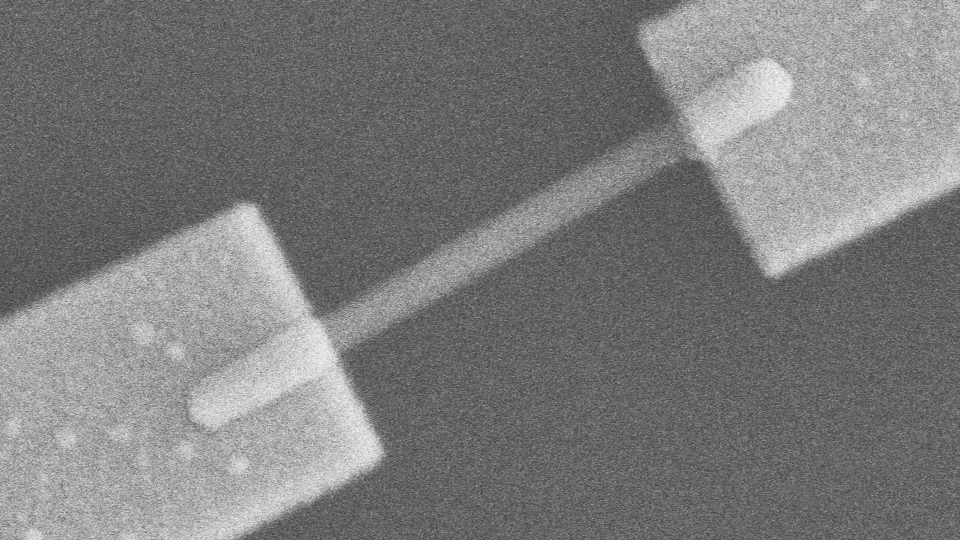Wallentin’s project is about investigating whether nanowires can be used as high-resolution X-ray detectors. Nanowires are crystals with a diameter of less than one-tenth of a micrometre. For comparison, a strand of hair has a diameter of 50 micrometres.
“We have achieved some promising results, showing that we can obtain a measurable signal from X-ray radiation in a single nanowire, and in this project we will thoroughly explore this opportunity”, says Jesper Wallentin, physicist at Lund University’s Faculty of Science.
His project will not develop user-ready detectors, but will study the principles and physics of nanostructured X-ray detectors. X-ray detectors currently have relatively poor resolution. If Jesper Wallentin’s project is successful, the next step could be to develop real detectors for performing high-resolution X-ray microscopy on the nanoscale. These detectors could be used to study single cells or transistors, for example.
“X-rays are best known for their ability to penetrate a lot of matter, allowing you to examine the inside of a person. The fact that we can measure a signal from X-ray radiation in a single nanowire is fascinating”, says Jesper Wallentin.
The project is funded through a Swedish Foundation Starting Grant that amounts to about EUR 1.5 million over five years. With this grant, the research funders want to target junior researchers who are linked to Swedish higher education institutions and whose research is among the best in Europe. In this year’s call for applications, three researchers were awarded Starting Grants; the researchers are based at Lund University, Chalmers University and Uppsala University.
For more information, please contact:
Jesper Wallentin, associate senior lecturer
Department of Physics, Lund University
jesper [dot] wallentin [at] sljus [dot] lu [dot] se (jesper[dot]wallentin[at]sljus[dot]lu[dot]se)
